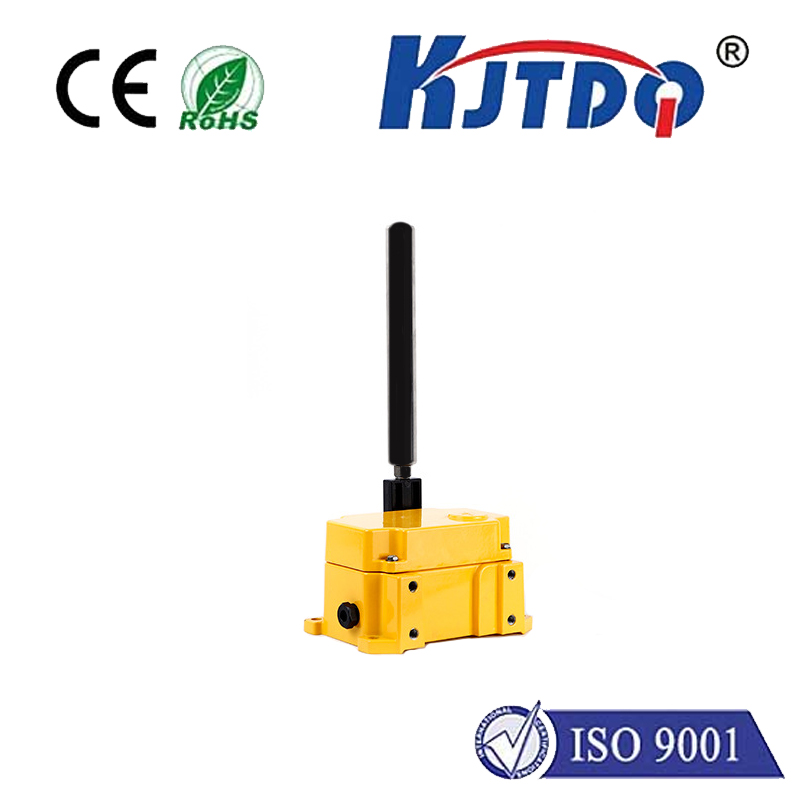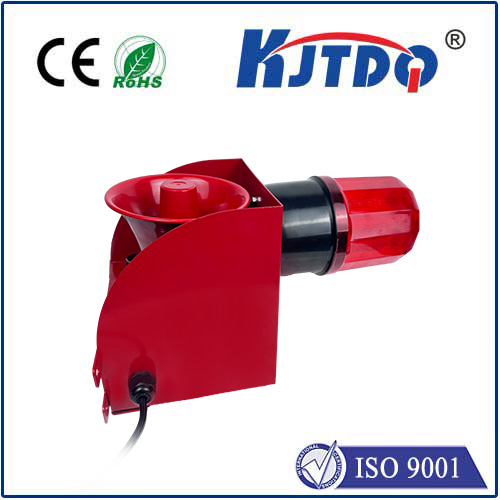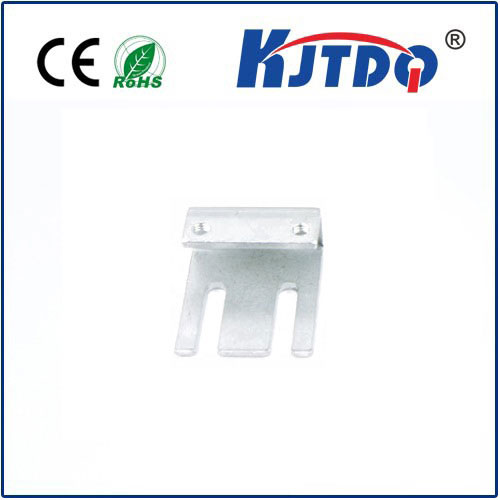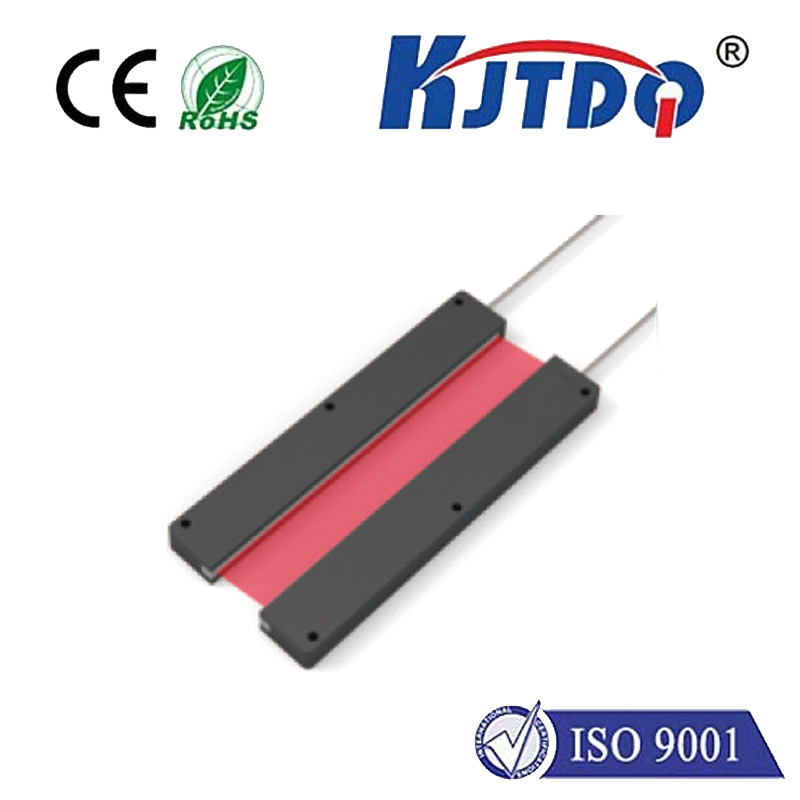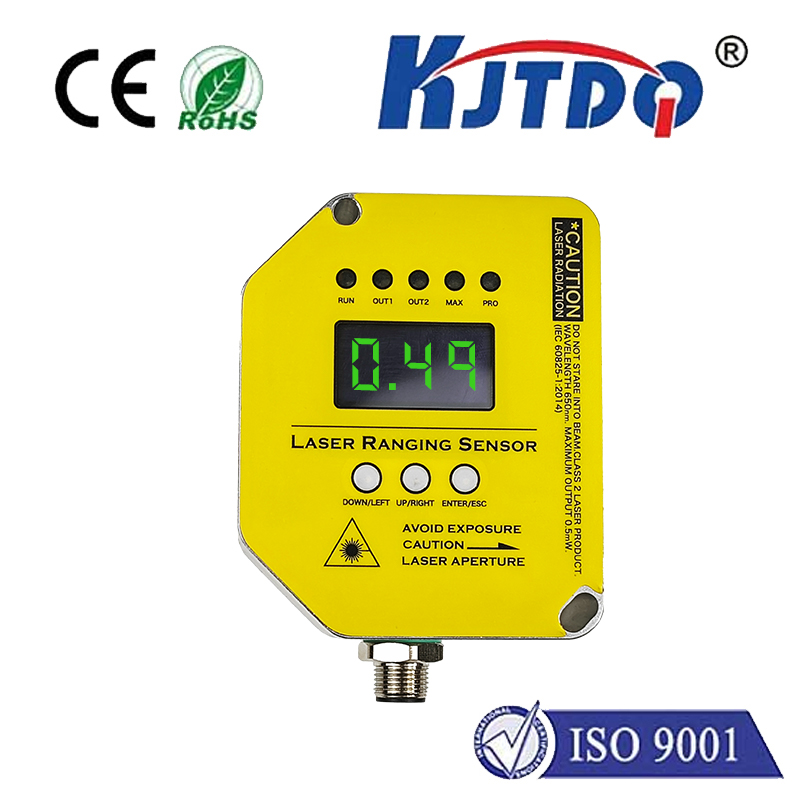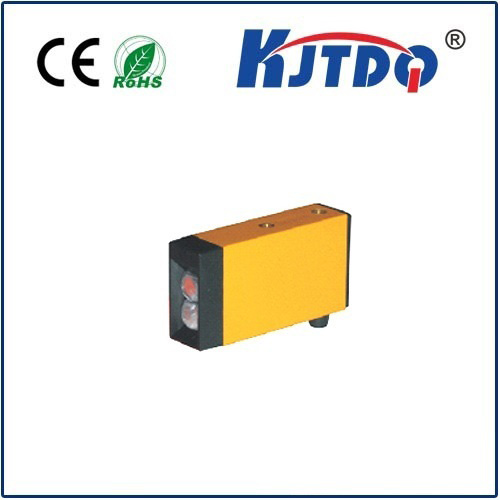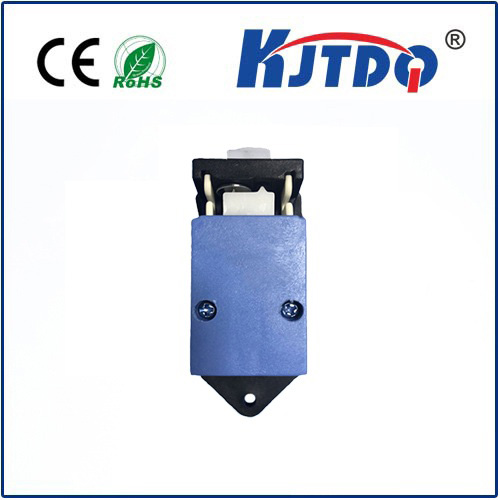
check

check

check

check
In the rapidly evolving field of automation and sensing technology, the E3FB-TP11 2M photoelectric sensor stands out as a reliable and efficient tool for various industrial applications. This article delves into the features, benefits, and applications of this advanced photoelectric sensor, shedding light on why it has become a preferred choice for many engineers and technicians.
A photoelectric sensor, also known as a photo eye, is a device that detects the presence or absence of an object by using a light-emitting diode (LED) and a photodiode or phototransistor. The LED emits light, which is then reflected off the target object and detected by the photodiode. When the light is interrupted or reflected back, the sensor generates an electrical signal, indicating the presence or absence of the object.
The E3FB-TP11 2M photoelectric sensor boasts several impressive features that make it highly suitable for industrial environments:
High Sensitivity: With a detection distance of up to 2 meters, this sensor ensures accurate detection even in large work areas.
Robust Construction: Designed to withstand harsh industrial conditions, the E3FB-TP11 2M features a durable housing that protects against dust, dirt, and water ingress.

Easy Integration: Compatible with most PLC and automation systems, this sensor can be easily integrated into existing setups without requiring extensive modifications.
Adjustable Sensing Range: The sensing range can be finely tuned using potentiometers, allowing for precise adjustment according to specific requirements.
Versatile Mounting Options: Whether it’s a fixed mount or an adjustable bracket, the E3FB-TP11 2M offers flexible mounting options to suit different installation needs.
The versatility and reliability of the E3FB-TP11 2M photoelectric sensor make it ideal for a wide range of applications across various industries:
Conveyor Belt Systems: In manufacturing plants, these sensors can be used to monitor the flow of goods, ensuring products are properly spaced and aligned.
Packaging Machinery: Ensuring that packages are correctly formed and sealed, photoelectric sensors play a crucial role in packaging accuracy and efficiency.
Robotics: For automated robotic arms, these sensors help in object recognition and positioning, enhancing precision and productivity.
Security Systems: In security applications, photoelectric sensors can be employed to detect unauthorized access or movement within restricted areas. One of the primary benefits of incorporating the E3FB-TP11 2M photoelectric sensor into your operations is the significant improvement in process automation and control. By reducing human intervention and minimizing errors, businesses can achieve higher throughput and better quality control. Additionally, the robust design ensures longevity and reduces maintenance costs, providing excellent return on investment.
The E3FB-TP11 2M photoelectric sensor is more than just a component; it’s a vital enabler of modern automation. Its high sensitivity, durability, and ease of integration make it a standout choice for various industrial applications. Whether you’re looking to optimize your production line, enhance your security measures, or improve the efficiency of your robotic systems, the E3FB-TP11 2M offers a reliable and effective solution. Embrace the future of automation with a sensor that’s designed to meet the demands of today’s dynamic industrial environment.
